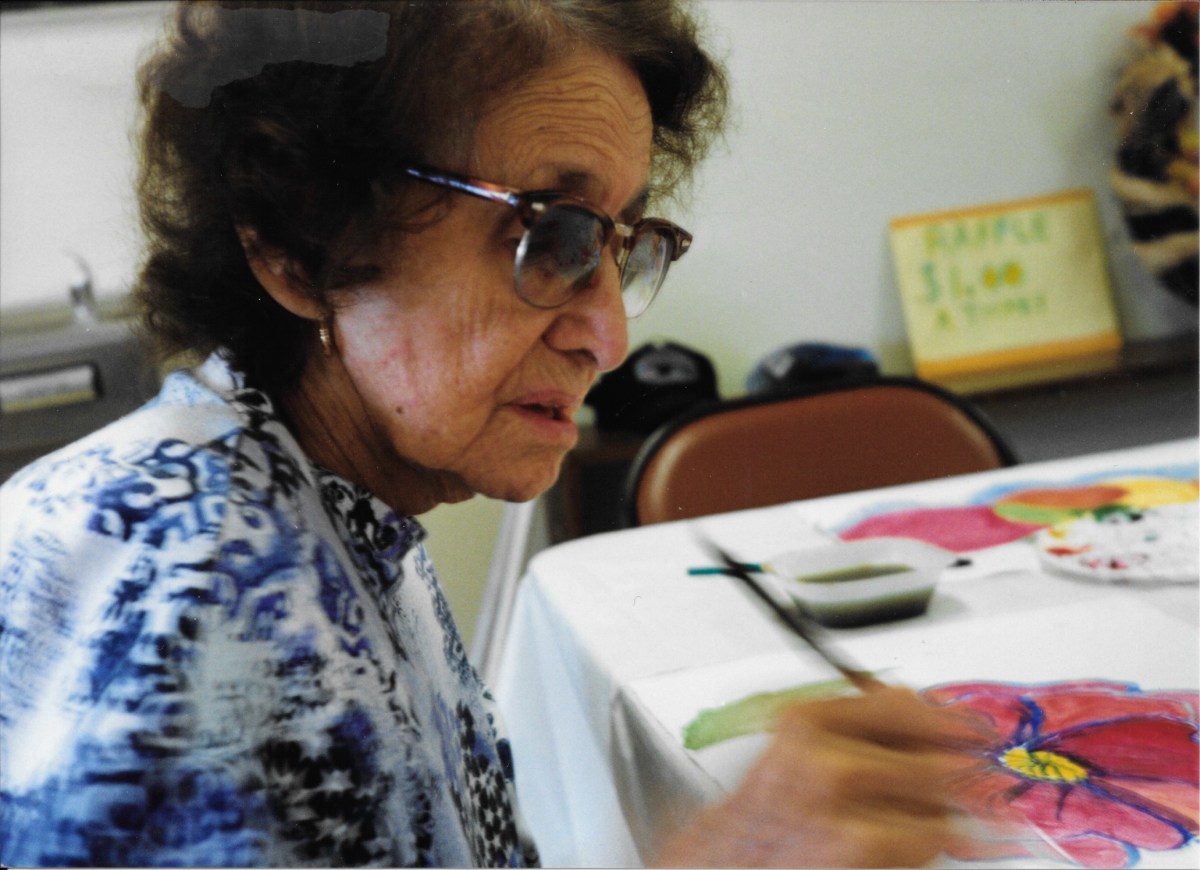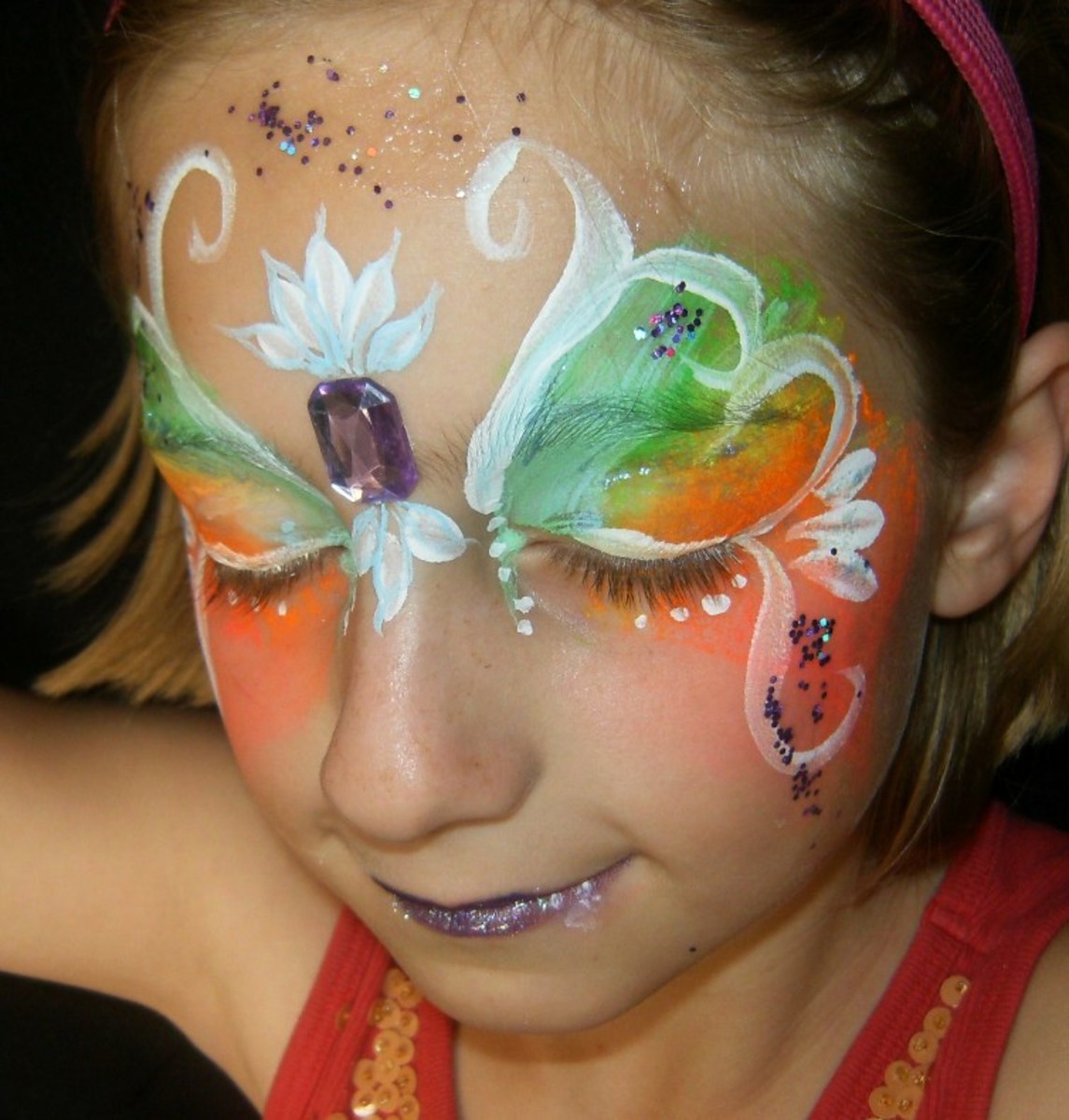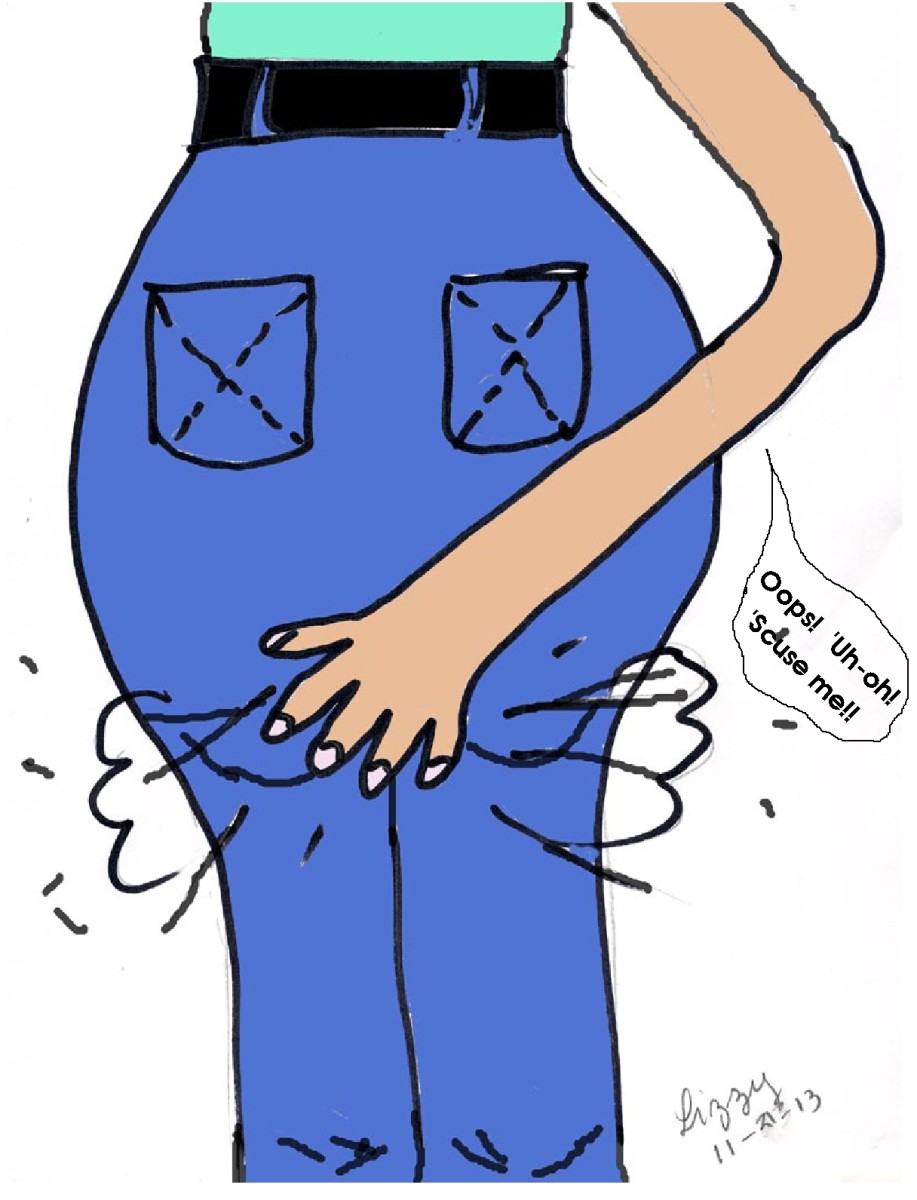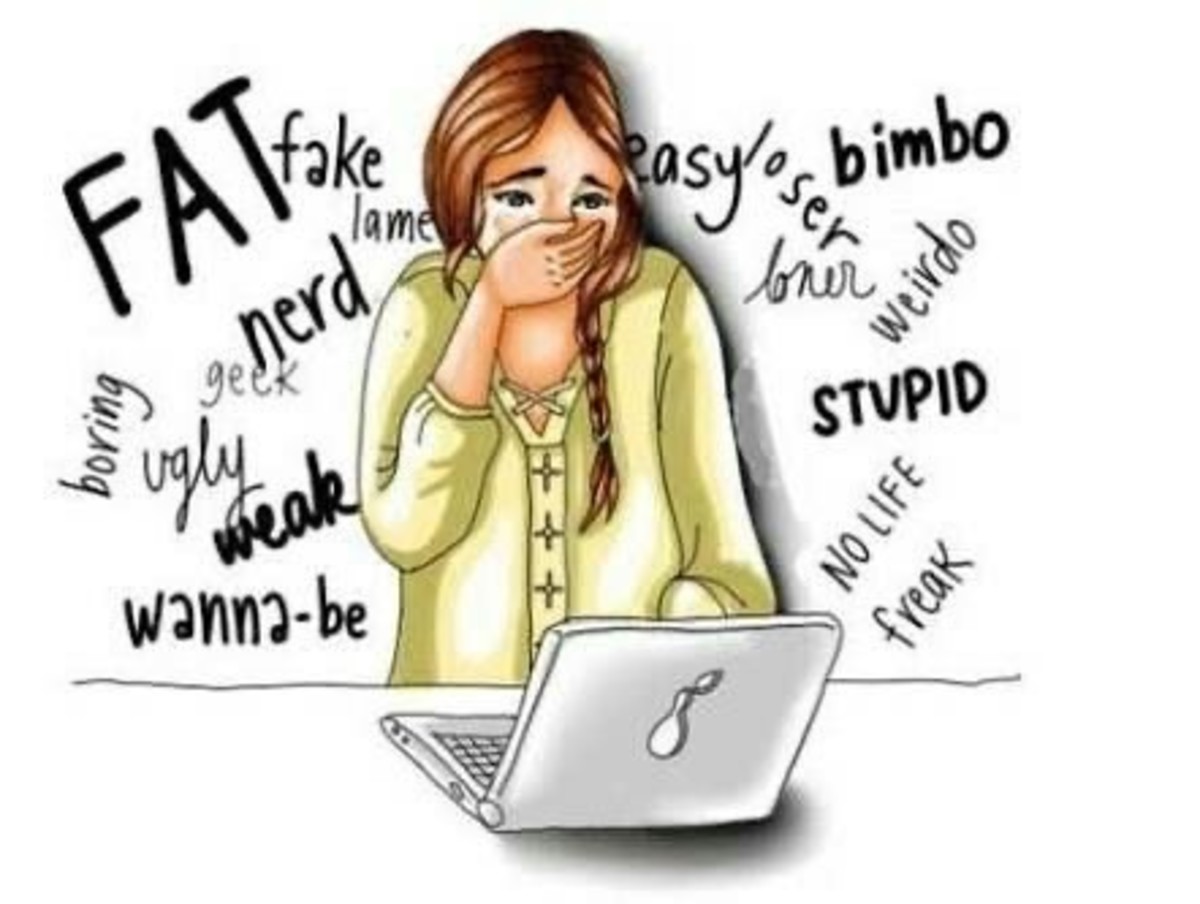- HubPages»
- Health»
- Personal Health Information & Self-Help»
- Mentally & Emotionally Balanced Living
About Visual Art and How It Can Help You to Deal with Problems and Emotions
Art

About Art
Let’s start with a little bit of introduction.
Art includes infinite number of human activities. We can divide arts into few categories:
- Visual arts – painting, the art of sculpture, photography
- Decorative arts – architecture
- Performing arts – music, theatre, film, dancing
- We can include literature as part of art as well
In this article I would like to focus most on visual art, especially drawing and painting, and its influence on emotions.
Visual art focuses mostly on aesthetical and intellectual purposes. It can serve as an instrument for perceiving beauty or as a form of therapy which helps with dealing with problems and managing emotions – on a professional or non-professional level (I’m going to mention this therapy later). It is also a form of relaxation. Under term ‘visual art’ we understand not only a result, but also a process of creation. When creating something, we work on a surface (painting) or in a space (sculptures).
For visual art we can use a lot of instruments – pencils, ink, brushes, colors, crayons, charcoals, plastic materials as stone, metal, wood, clay, etc.
A Brief History of Art
Art has always been a part of history of mankind and part of its culture. We can find first occurrences of art in prehistoric times. These occurrences are cave paintings which can be considered as art. The oldest are about 40 000 years old and can be found in Asia and Europe. Most of them can be found in Spain (for example Cave of El Castillo) and France (for example Lascaux).
In ancient times, art was an important part of great ancient civilizations as Egypt, Mesopotamia, Persia, China, Rome or Maya. Rulers of these civilizations built amazing buildings (palaces, temples, burial chambers – each of them with unique structure and decoration), let built statues of themselves (for example statues of Egypt pharaohs Amenhotep III. and his wife Tiye) or let created paintings on the walls of their burial chambers.
In the middle Ages, art was connected mostly to religion, but it spread into other parts of life slowly. In renaissance, such famous painters as Michelangelo Buonarroti, Rafael Santi, Titian or Leonardo da Vinci appeared. Art developed in many ways, creating new styles as impressionism, expressionism, cubism, surrealism, etc., giving to the world tons of amazing painters.
Also new forms of art appeared as well. For example: photography.
One of the Oldest Cave Painting (El Castillo, Spain)

Art Therapy
Now we are getting to a therapeutic side of art. Art therapy is a professional way in dealing with problems, emotions or disability.
Art therapy can be considered as a form of psychotherapy. It’s the therapy which influences people and helps them with their problems by graphic, painting or sculpture making activity. This therapy can be implemented individual, in a group or as a family session. There are possibilities to attend partnership art therapy as well.
Art therapy focuses mostly on people with disabilities. It works successfully at people with psychiatric illnesses as schizophrenia, depression, psychosis, etc. Art therapy helps them to express their fears, anxieties and other emotions or problems. It also helps to perceive reality and recover inner strengths. It can also serve as a diagnostic tool and communication between client/patient and art therapist.
There are a few diagnostic tools which are used for analyzing mental functioning. For example:
- The Diagnostic Drawing Series – uses seven categories for analysis
- The Mandala Research Instrument
- House-Tree-Person test – which is also often used at job interviews
Art therapy is used at mentally retarded people as well. In their case, it is used in order to maintain their quality of life and develop their fine motor skills.
Art therapy is not only used at people with disabilities but is often used at ‘normal’ people, too. It proved efficiency at children, adolescents and seniors as well. Art therapy is good to practice at endangered children (tortured or abused). It’s suitable for people who went through a traumatic experience or when dealing with stress.
There are a lot of books focused on every target group. For example: Visually Speaking: Art Therapy and Deaf by Ellen G. Horovitz, Creative Interventions with Traumatized children by Cathy Malchiodi, etc.
Form of Visual Art
Which form of visual art do you like the most?
Art Therapy

Strategies of Art Therapy
There are certain strategies used in art therapy, except typical simple methods like drawing or painting. Let’s present some of them.
- Imagination – thanks to this strategy, people can go back to their problems, they can experience them and work with them
- Animation – used especially at children; an art therapist identifies with drawn object or person and talks like this to child
- Mandala – a tool for self-knowledge
- Transformation – transforming emotions from one artistic media to another (for example from article from book to drawing)
- Reconstruction – collage
How Can Art Help You?
Art has an infinite amount of shapes. You don’t need to attend professional art therapy to receive help for your problems. Of course, if you have problem to control your emotion or if you have a psychiatric illness, a professional art therapy is better choice and you can be sure that you really will receive help.
Art is a help itself.
For people who feel stressed (about whatever – work, money, relationship, etc.) art – not only visiting art galleries, but more likely process of creating something (drawing, painting, sculpture making) – it is a way to calm down, think about problems from other perspective and possibly find a solution.
There are perfect books for stressed people as Art Therapy an anti-stress Colouring Book or Color Therapy an anti-stress Colouring Book by various authors.
If you have problem in relationship, you can read a book Creative Arts and Play Therapy for Attachment Problems by Cathy A. Malchiodi and David A. Crenshaw.
An Inspiration Video About Art Therapy
For people who have problems with their emotions art is a perfect way to express them, to get rid of them. More than anything a process of creating drawing, painting, sculpture, etc. is a therapy itself and you don’t need any therapist to help you. If you are scared, sad, lonely, angry or on the other hand in love or extremely happy, art can serve as form of ventilation. You don’t have to just take a pencil and draw. For art is so diverse, you can hang balloons full of paints on a painting cloth and strike balloons with darts. You can dip your hands or feet into paints and dance on a sheet of paper. Be creative.
While dealing with your problem through art making, you can inspire others to do it as well and help them to find a way to deal with their inner shadows. It doesn’t matter whether you draw like a five-year-old child or if you are hidden genius. In this case, a result is not as important as process itself. But of course you can show it to your family or friends and you can even sell it afterwards.
If you haven’t loved art making so far and you don’t think this is the way for you to deal with your problems or emotions, I can only recommend to give it a try. Because you won’t know if it helps until you try. This applies to every part of life.








